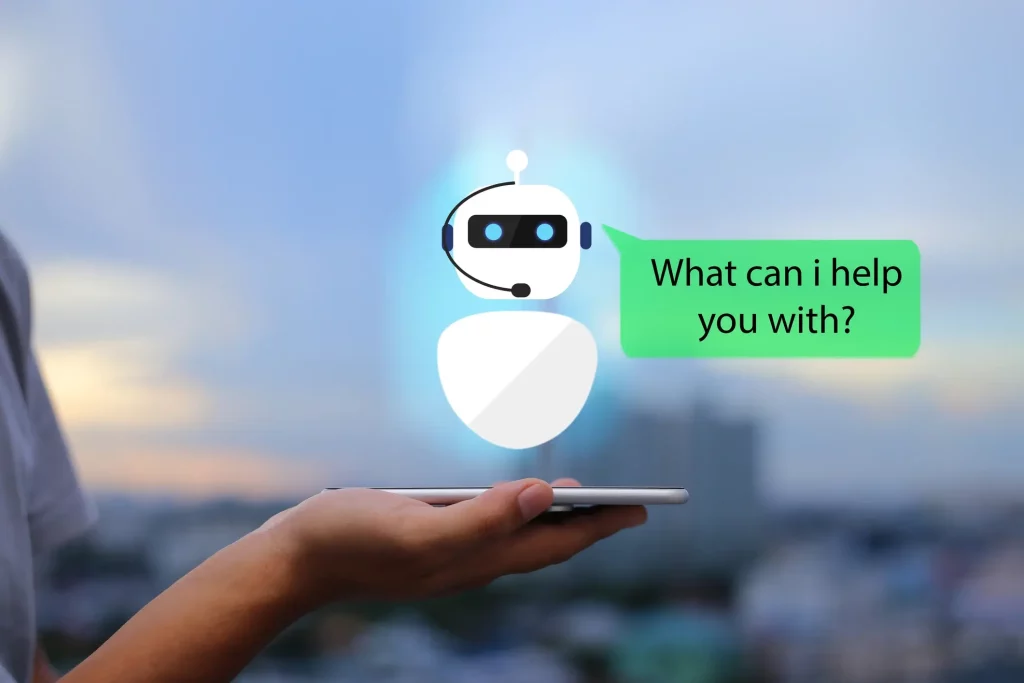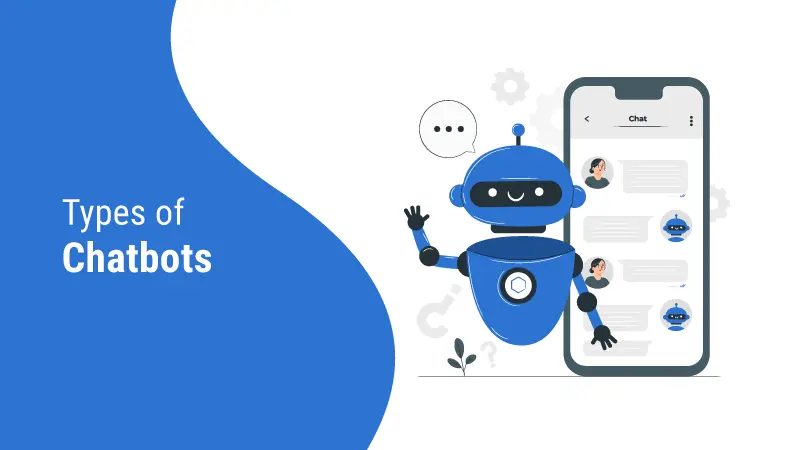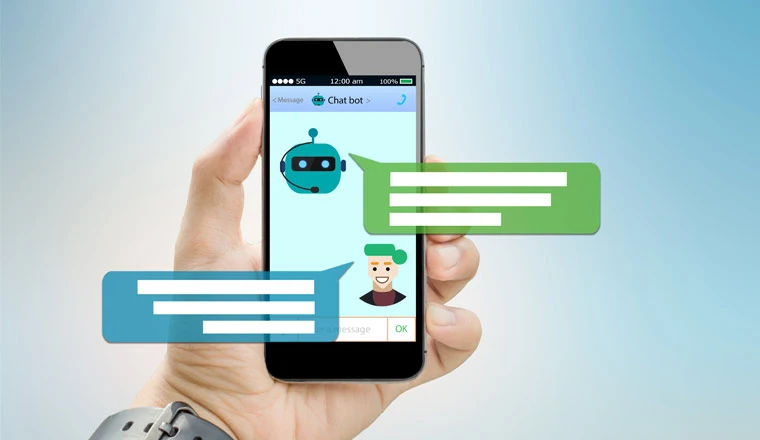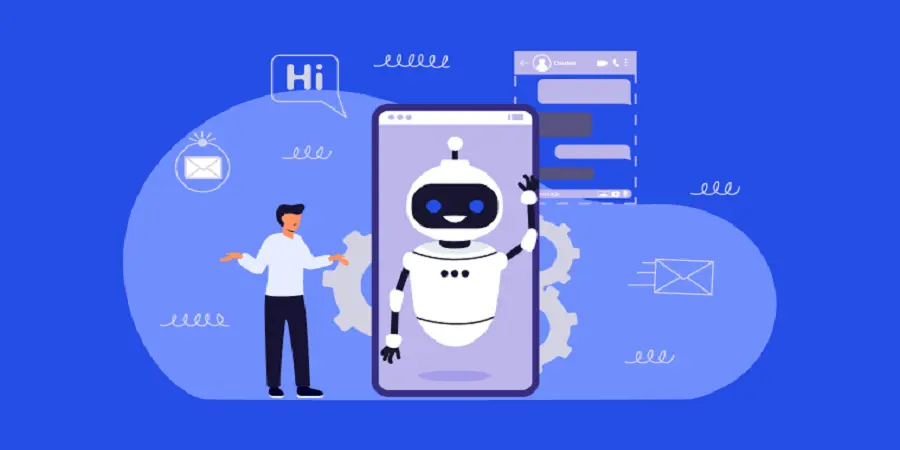In the digital age, businesses are continually seeking innovative ways to enhance user engagement and improve customer service. One such solution that has gained significant traction is the implementation of chatbots. These AI-driven conversational agents are revolutionizing the way companies interact with their audience. In this article, we’ll delve into the world of chatbots, exploring their benefits, applications, and potential pitfalls.
Table of Contents
Introduction
Chatbots have become an integral part of the digital landscape, providing businesses with a tool to engage users in real-time conversations. These intelligent software programs simulate human conversation and can be integrated into various platforms, including websites, messaging apps, and social media.
What Are Chatbots?


A chatbot is a computer friend that talks like a person. It helps with questions and problems when you message it. Like pressing buttons on the phone, but smarter. It chats through typing or voice, like talking to a human. It’s there on websites, apps, and messages to explain, send emails, or get you to a real person if needed. It’s your clever digital helper, available whenever you need a chat.
The Evolution of Chatbots
Chatbots have come a long way since their inception. Initially, they were simple rule-based systems with predefined responses. However, advancements in artificial intelligence and machine learning have enabled the development of more sophisticated chatbots capable of understanding context, emotions, and even learning from interactions.
Why Chatbots Matter
Chatbots offer a unique combination of efficiency and convenience. They enable businesses to provide instant support and information to users, eliminating the need for users to wait for human assistance. This 24/7 availability enhances user satisfaction and can lead to increased conversions.
Benefits of Using Chatbots
Streamlined Customer Support
Chatbots excel in providing quick and accurate responses to customer inquiries. They can handle repetitive queries, allowing human agents to focus on more complex tasks, ultimately leading to faster problem resolution.
24/7 Availability
Unlike traditional customer support, which operates within specific hours, chatbots are available round-the-clock. This ensures that users from different time zones or with urgent inquiries are never left unattended.
Personalized User Experience
Chatbots can analyze user preferences and behavior to deliver tailored recommendations and responses. This personalized touch enhances the user experience and fosters brand loyalty.
Different Types of Chatbots


Rule-Based Chatbots
Rule-based chatbots operate based on a predefined set of rules and keywords. They are suitable for handling simple and common queries but may struggle with understanding complex language.
AI-Powered Chatbots
AI-powered chatbots leverage machine learning to understand and respond to user input. They improve over time by learning from each interaction, making them suitable for a wide range of tasks.
Application-Specific Chatbots
Application-specific chatbots are designed for particular tasks or industries, such as booking appointments or providing technical support. They are highly specialized and can offer in-depth assistance.
Chatbot Implementation: Best Practices


Defining Objectives and Use Cases
Before implementing a chatbot, it’s essential to define clear objectives and identify the specific tasks the chatbot will handle. This ensures that the chatbot aligns with business goals.
Choosing the Right Platform
Selecting the appropriate platform for your chatbot deployment is crucial. It could be a website, messaging app, or social media platform, depending on your target audience.
Designing Natural Conversations
Creating a natural and user-friendly conversation flow is vital. Chatbots should be able to understand context, handle interruptions, and provide coherent responses.
Overcoming Challenges
Ensuring Data Privacy
As chatbots handle sensitive user data, ensuring data privacy and security is paramount. Implementing robust encryption and compliance measures is essential.
Avoiding Over-automation
While automation is beneficial, over-reliance on chatbots can lead to user frustration. Balancing automated responses with the option for human interaction is key.
Real-world applications of Chatbots


E-Commerce and Product Recommendations
Chatbots can assist online shoppers by recommending products based on their preferences, browsing history, and previous purchases.
Healthcare Support and Appointment Scheduling
In the healthcare sector, chatbots can help patients schedule appointments, provide medication reminders, and offer basic medical information.
Banking and Financial Services
Chatbots in the finance industry can assist customers with account inquiries, and transaction history, and even provide financial advice.
The Future of Chatbots
The future of chatbots holds exciting possibilities. Advancements in AI and NLP will likely lead to even more sophisticated and human-like chatbot interactions, blurring the line between man and machine.
Conclusion
Chatbots have undoubtedly transformed the way businesses interact with users. From enhancing customer support to providing personalized recommendations, their benefits are manifold. As technology continues to evolve, we can expect chatbots to play an increasingly vital role in shaping the digital landscape.
Frequently Asked Questions (FAQs)
Q1: Are chatbots capable of understanding multiple languages?
A1: Yes, advanced chatbots can understand and respond in multiple languages, making them versatile for a global audience.
Q2: Can chatbots replace human customer support entirely?
A2: While chatbots are efficient for handling routine queries, human support remains essential for complex and emotionally sensitive interactions.
Q3: How do chatbots learn from interactions?
A3: Chatbots learn through machine learning algorithms that analyze user input and responses to improve their understanding and accuracy over time




